Buy this bird art Birds and Flames by Tis Veugen on canvas, ArtFrame, poster and wallpaper, printed on demand in high quality.
About "Birds and Flames"
by Tis Veugen
About the artwork
This non-periodic image has five-fold symmetric patterns as in Penrose P3 tilings. The thick rhombi contain buzzards, the thin rhombi fire flames. The edges of the thin and thick rhombi have all the same form, either translated or rotated. One thin rhombus has rotated edges at the acute corner, and the other thin rhombus at the obtuse corner; the same goes for the thick rhombi. So, there are 4 different shapes. One thick rhombus has 3 rotations (with multiples of 72 degrees), the other thick one only 2. One thin rhombus has 4 rotations, the other thin one none. In total there are 10 (rotated) tiles, each with a different coloring. The image has been constructed using the pentagrid approach of N.G. de Bruijn, my former professor.
The 5 fire flames are designed in a special, unique way such that neighboring flames always “burn” continuously. You can see this in particular in the top left corner where a circle of flames is located with a ten-fold symmetry of thin rhombi. There are many places showing quintets of 5 birds surrounded by flames. Usually the birds have their beaks together in the middle. Only in rare places there are surrounded quintets of birds with their tails together; you'll find them at the top right corner and at the bottom center. The quintets seem completely symmetrical and the rotation symmetry is preserved to a greater or lesser extent. For example, look a little above the middle, where a quintet is surrounded by 10 flames.

About Tis Veugen
My training as a mathematician and my experience as a software programmer are the basic elements for designing my works of art. Since my retirement in 2019 I have started creating digital art with a mathematical slant. The works of M.C. Escher are a source of inspiration. Thanks to programs.. Read more…
 Germany
Germany Ordered in April 2023
Ordered in April 2023
 Netherlands
Netherlands Ordered in August 2022
Ordered in August 2022
 Netherlands
Netherlands Ordered in March 2019
Ordered in March 2019
 Germany
Germany Ordered in October 2019
Ordered in October 2019
 Germany
Germany Ordered in May 2020
Ordered in May 2020
 Netherlands
Netherlands Ordered in December 2017
Ordered in December 2017
 Netherlands
Netherlands Ordered in July 2017
Ordered in July 2017
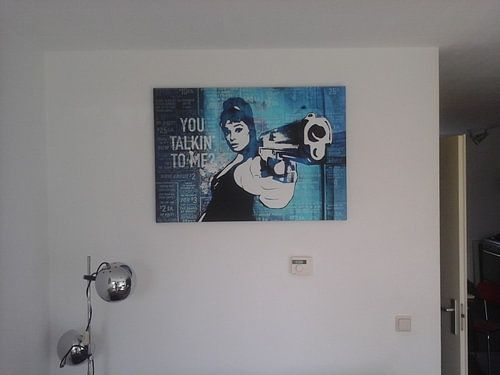
 Germany
Germany Ordered in February 2024
Ordered in February 2024
 Netherlands
Netherlands Ordered in July 2017
Ordered in July 2017
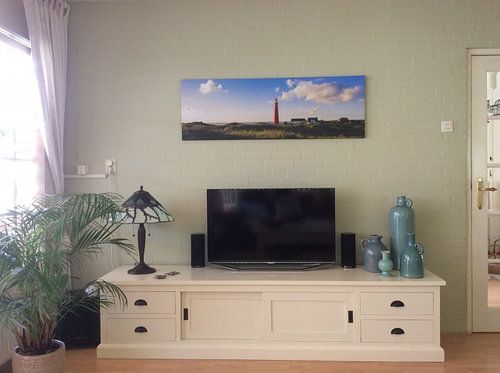
 Germany
Germany Ordered in December 2023
Ordered in December 2023
 Netherlands
Netherlands Ordered in April 2022
Ordered in April 2022
 Germany
Germany Ordered in October 2019
Ordered in October 2019
About the material
ArtFrame™
Interchangeable Art Prints
- High-quality print
- Easily interchangeable
- Acoustic function
- Large sizes available
Discover the artworks of Tis Veugen
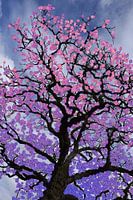 BlossomTis Veugen
BlossomTis Veugen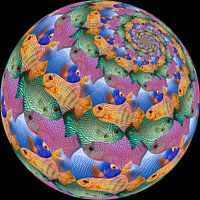 Fish Sphere SurfaceTis Veugen
Fish Sphere SurfaceTis Veugen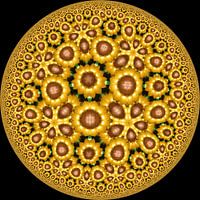 Glow SunflowersTis Veugen
Glow SunflowersTis Veugen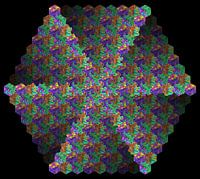 Lizard Metamorphosis IIITis Veugen
Lizard Metamorphosis IIITis Veugen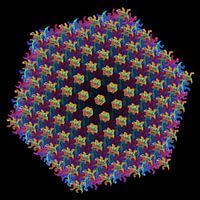 Chameleon Metamorphosis IVTis Veugen
Chameleon Metamorphosis IVTis Veugen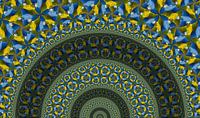 Arcs of ParrotsTis Veugen
Arcs of ParrotsTis Veugen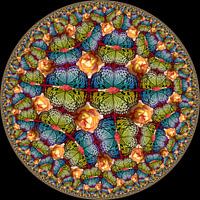 Butterflies in Rose GardenTis Veugen
Butterflies in Rose GardenTis Veugen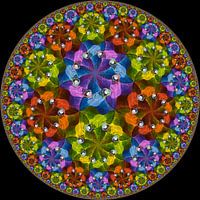 Dance of ParrotsTis Veugen
Dance of ParrotsTis Veugen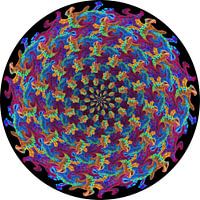 Twisted ReptilesTis Veugen
Twisted ReptilesTis Veugen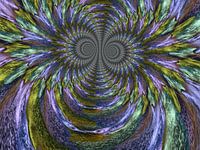 Seals CarnivalTis Veugen
Seals CarnivalTis Veugen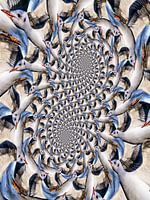 Seagull RhododendronTis Veugen
Seagull RhododendronTis Veugen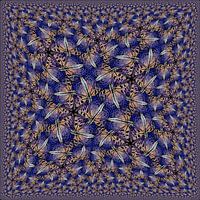 Square ButterfliesTis Veugen
Square ButterfliesTis Veugen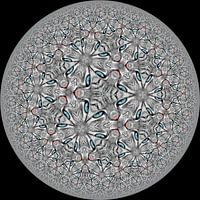 Cat or OwlTis Veugen
Cat or OwlTis Veugen Double Spiral of Stairs and CirclesTis Veugen
Double Spiral of Stairs and CirclesTis Veugen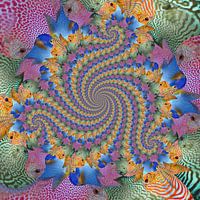 Triple Spiral of Four FishTis Veugen
Triple Spiral of Four FishTis Veugen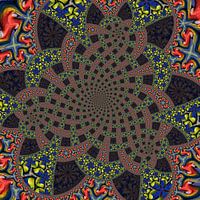 Trio Spiral of Parrots and ToucansTis Veugen
Trio Spiral of Parrots and ToucansTis Veugen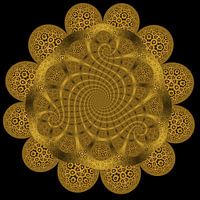 Trio Spiral of Sunflowers IITis Veugen
Trio Spiral of Sunflowers IITis Veugen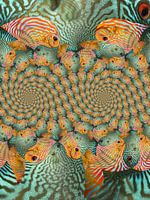 Double Spiral of Tropical FishTis Veugen
Double Spiral of Tropical FishTis Veugen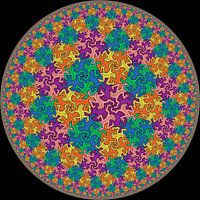 Hyperbolic LizardsTis Veugen
Hyperbolic LizardsTis Veugen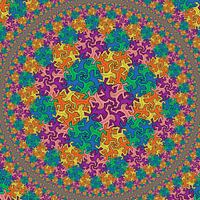 Square Hyperbolic LizardsTis Veugen
Square Hyperbolic LizardsTis Veugen
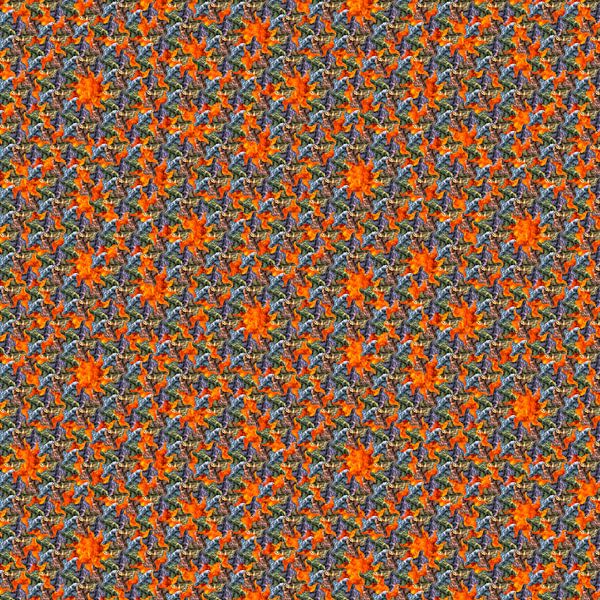




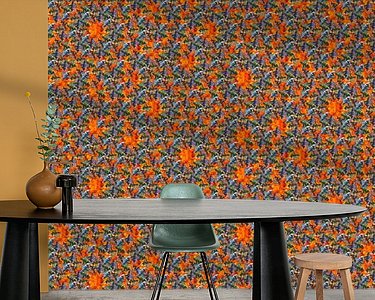
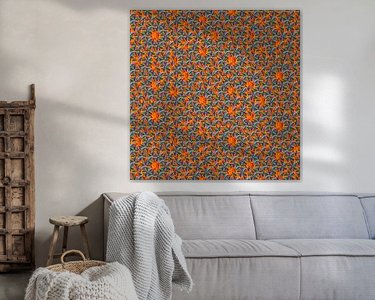
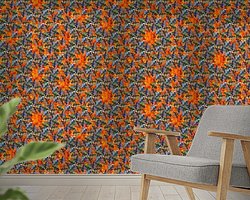


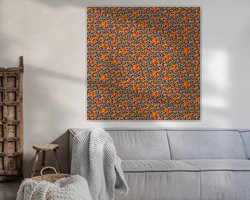


 Birds
Birds Digital art
Digital art Geometric
Geometric Optical illusions
Optical illusions Symmetry
Symmetry Vibrant Colors
Vibrant Colors









